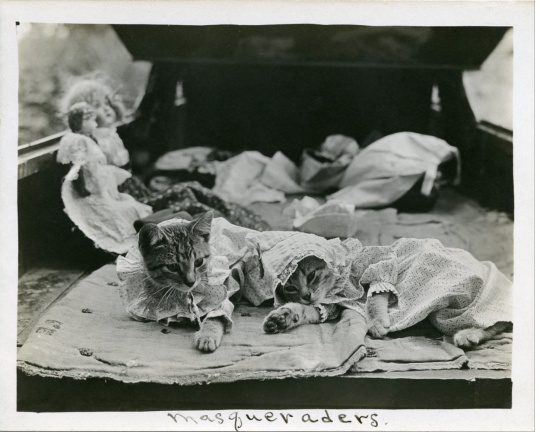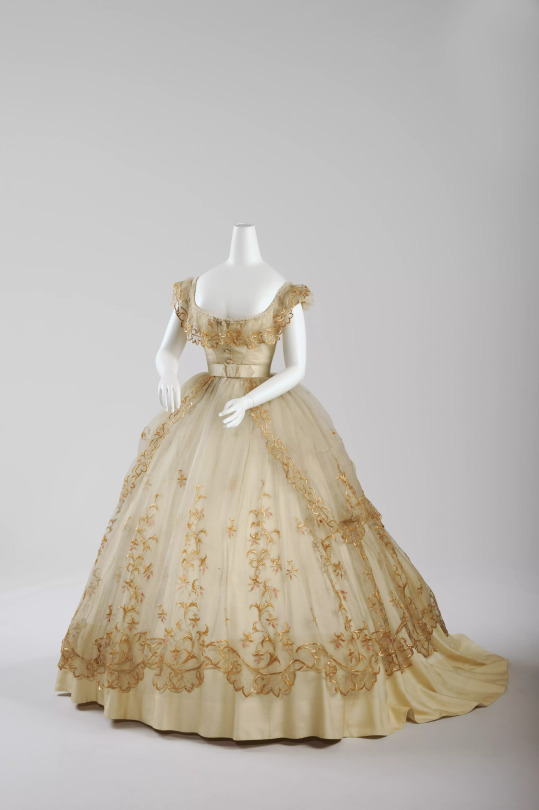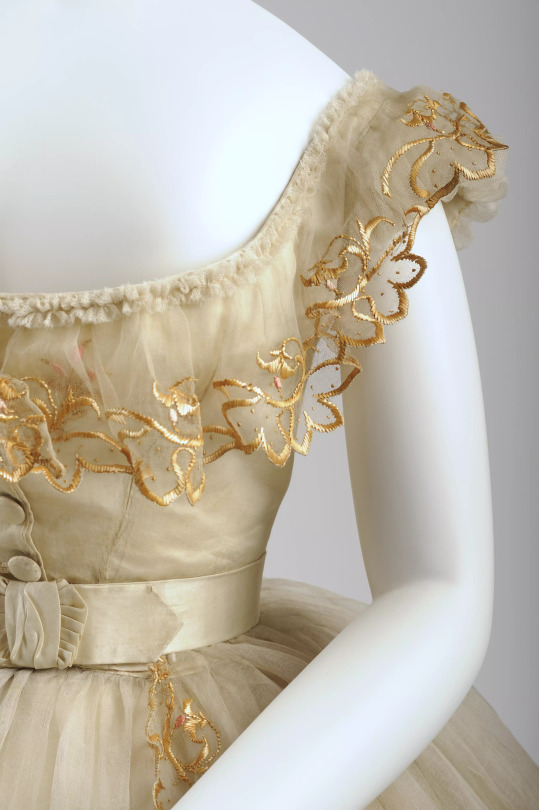Text
Dress, ca. 1860
European, cotton

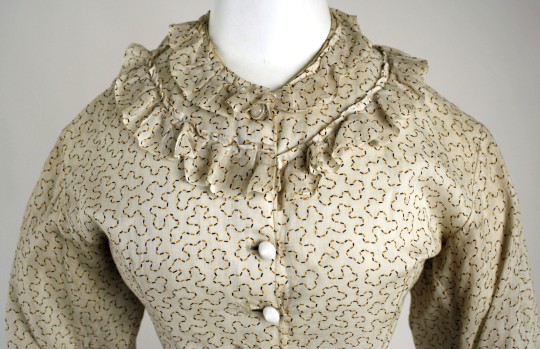
The MET Museum
16 notes
·
View notes
Text
Maternity dress, 1875-1880
Australia

Maternity dress of white printed pattern of logs in green and brown. Two rows of wide ruching down front and on sleeve cuffs. Fastens center front with thirty-five spherical plum coloured buttons. Adjustable cotton tape casing under bust. Full gathered panel centre back. Waist tie attached at centre back. One patch pocket on right side.
National Gallery of Victoria, Melbourne
Gift of Miss Irene Mitchell, 1975
Photo: National Gallery of Victoria, Melbourne
#victorian#victorian era#victorian fashion#fashion history#historical fashion#19th century#maternity dress
9 notes
·
View notes
Photo
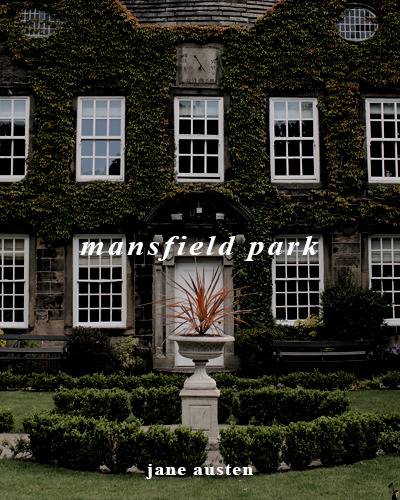
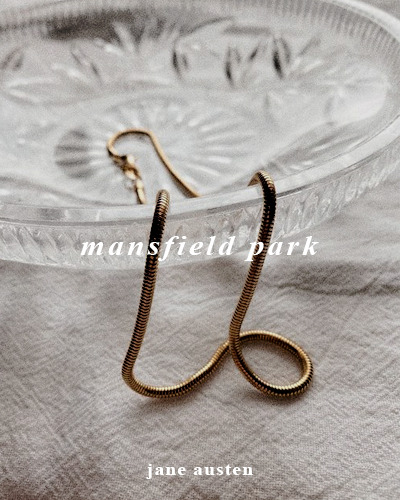




READ IN 2021 ➼ mansfield park by jane austen
He was evidently oppressed, and Fanny must grieve for him, though hoping she might never see him again till he were the husband of some other woman.
319 notes
·
View notes
Text

A Girl with a Basket of Flowers
John Opie (1761–1807)
National Trust for Scotland, Leith Hall Garden & Estate
30 notes
·
View notes
Text

Rag doll with face, body and hands in white cotton stuffed with cotton waste and clothed in patterned coloured cottons, representing a woman in everyday indoor working dress of the type worn by the maker: Iran, Kerman, made by a female house servant of the donor's parents, c. 1920.
Image © National Museums Scotland
13 notes
·
View notes
Text
Personal hygiene in the Victorian Era
The Victorian Era was filthy by modern standards. The well-known maxim 'Cleanliness is next to Godliness' was coined by the preacher John Wesley in 1778, but London had certainly not taken his words to heart. The upper classes generally bathed only a few times a month (and the lower classes even less frequently) and usually not at home. Instead, they headed to the Turkish baths that had become popular from the 1850s, particularly among upper-class men. By the end of Victoria's reign over 600 Turkish baths had been built across the country. For women, costly bathhouses offered arsenic and lime washes to chemically burn off body hair if they did not want to shave, as the vogue for sleeveless evening gowns meant that upper-class women had to depilate.



(x x x x)
133 notes
·
View notes
Text
"Eye" brooch, early 19th century, English
Portrait miniature possibly on ivory; pearls; rock crystal; gold

So-called Lover’s Eye jewelry was fashionable between 1780s and 1830s both in England, on the Continent and in America. This fashion seems to have been initiated by the Prince of Wales (the future George IV), who sent a miniature of his own eye to his lover, Mrs. Mary Fitzherbert. Such miniatures were mounted as rings, pendants or brooches and were worn by the beloved. Associated with purity and tears, pearls are frequently set into the frame of this kind of jewelry and might have added a commemorative aspect to the jewelry, to remember a deceased loved one.
62 notes
·
View notes
Photo

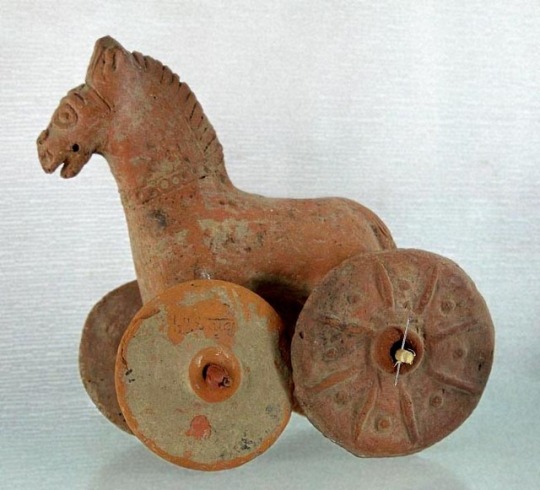




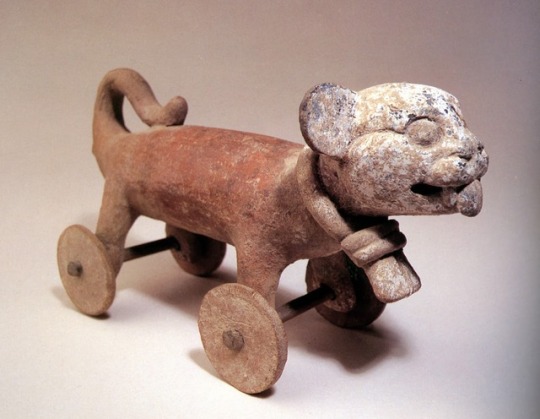


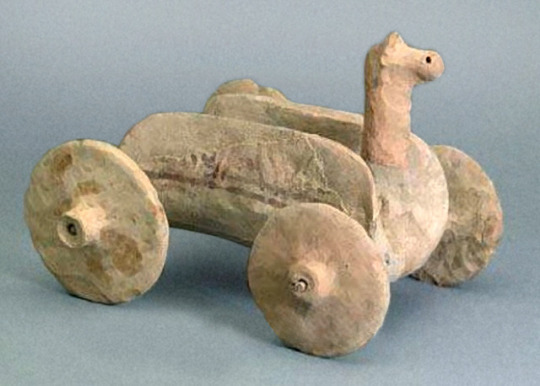
wheeled animals from antiquity
Buffalo - terracotta - Greek, Magna Graecia, Archaic Period,1200-800 BCE
Horse - terracotta - Indus Valley civilazation, Pakistan - circa 3300-1700 BCE
Jaguar on wheels doubled as a whistle - terracotta - Tres Zapotes (Gulf Coast region of Mexico), circa 600-900 CE
Horse - painted wood - Akhmim, Egypt - Roman Period, 1st-3rd century CE
Bull - terracotta - Cucuteni-Tripolye culture of western Ukraine - circa 3950-3900 BCE
Horse - terracotta - from a Greek tomb - 950-900 BCE
Jaguar - terracotta - Tula, Yautepec Valley (Central Mexico) - Toltec period, 900-1100 CE
Mouflon Ram - terracotta - Elamite - circa 2500 BCE
Deer or Dog - terracotta with bitumen eye and nose - Remojadas (Veracruz Gulf Coast) - 100 BCE to 800 CE
Horse or possibly Camel - terracotta - Altyn-Depe, Turkmenistan - 3rd to 2nd millennia BCE (abandoned around 1600 BCE)

Porcupine pottery - Inshushinak in Susa, Elamic Empire - 1500-1200 BCE
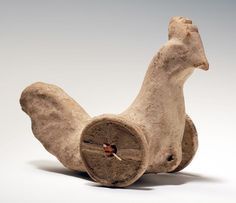
Cock - terracotta - Ephesus,Turkey - 3rd century BCE
3K notes
·
View notes
Text
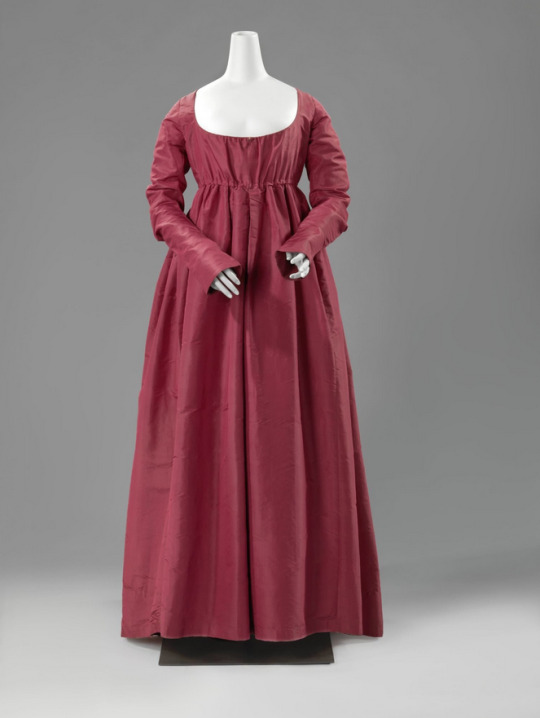
Gown, circa 1790-1810, silk, linen, cotton.
Rijks Museum
82 notes
·
View notes
Text
Tennis gown with long sleeves and wide waistband, of transparent woven white cotton, decorated with stitched and open seams, white embroidered flower and leaf branches and lace, 1900 - 1910. Rijks Museum.

32 notes
·
View notes
Text
Flower spray on a brooch fitting, including artificial orange blossom and heather, of wax and fabric, part of a wedding outfit worn by Mrs F.B. Stevens in 1940, bought at Jenners, Edinburgh
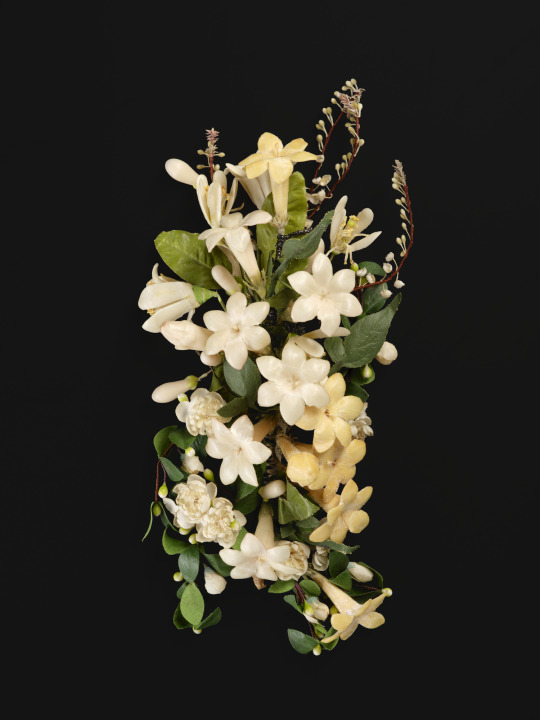
Image © National Museums Scotland
71 notes
·
View notes
Text
Spray brooch of three enamelled gold flowers on a gold stem, with one green enamelled gold leaf with a blue back, known as a "trembler" jewel, c. 1650
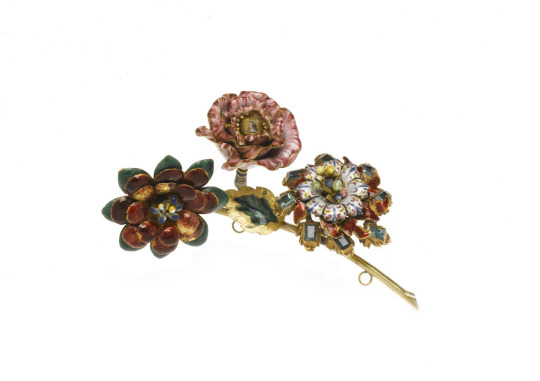
Image © National Museums Scotland
40 notes
·
View notes
Text
Mid 19th century silk voile dress, c. 1868


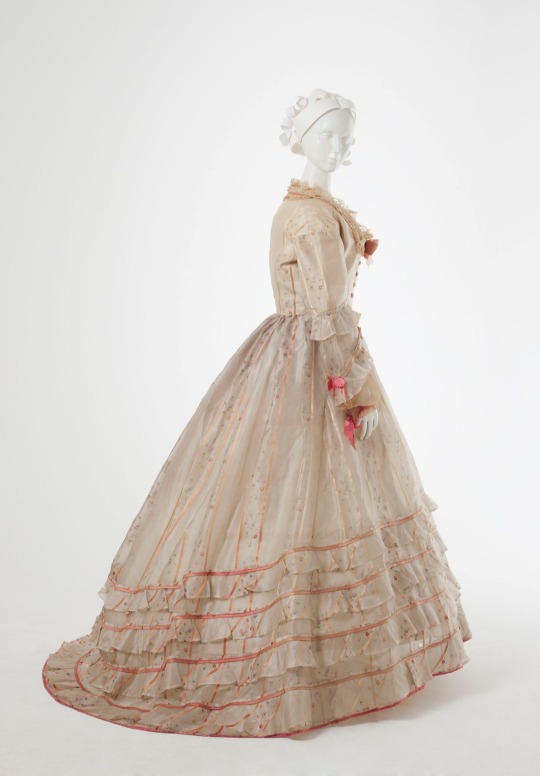

Cream silk voile dress with floral panels & pink stripes. Full, tiered sleeves to elbow & cream net to wrists. Trimmed with rose coloured satin bows at neck & sleeves. Four deep frills on trained skirt.
Maas Museum
339 notes
·
View notes
